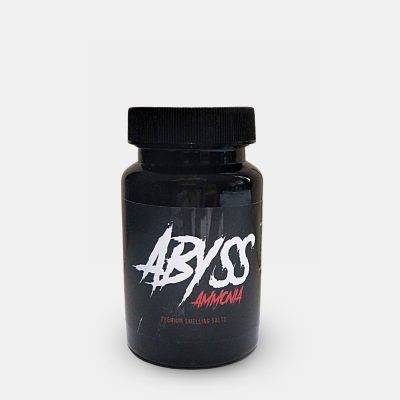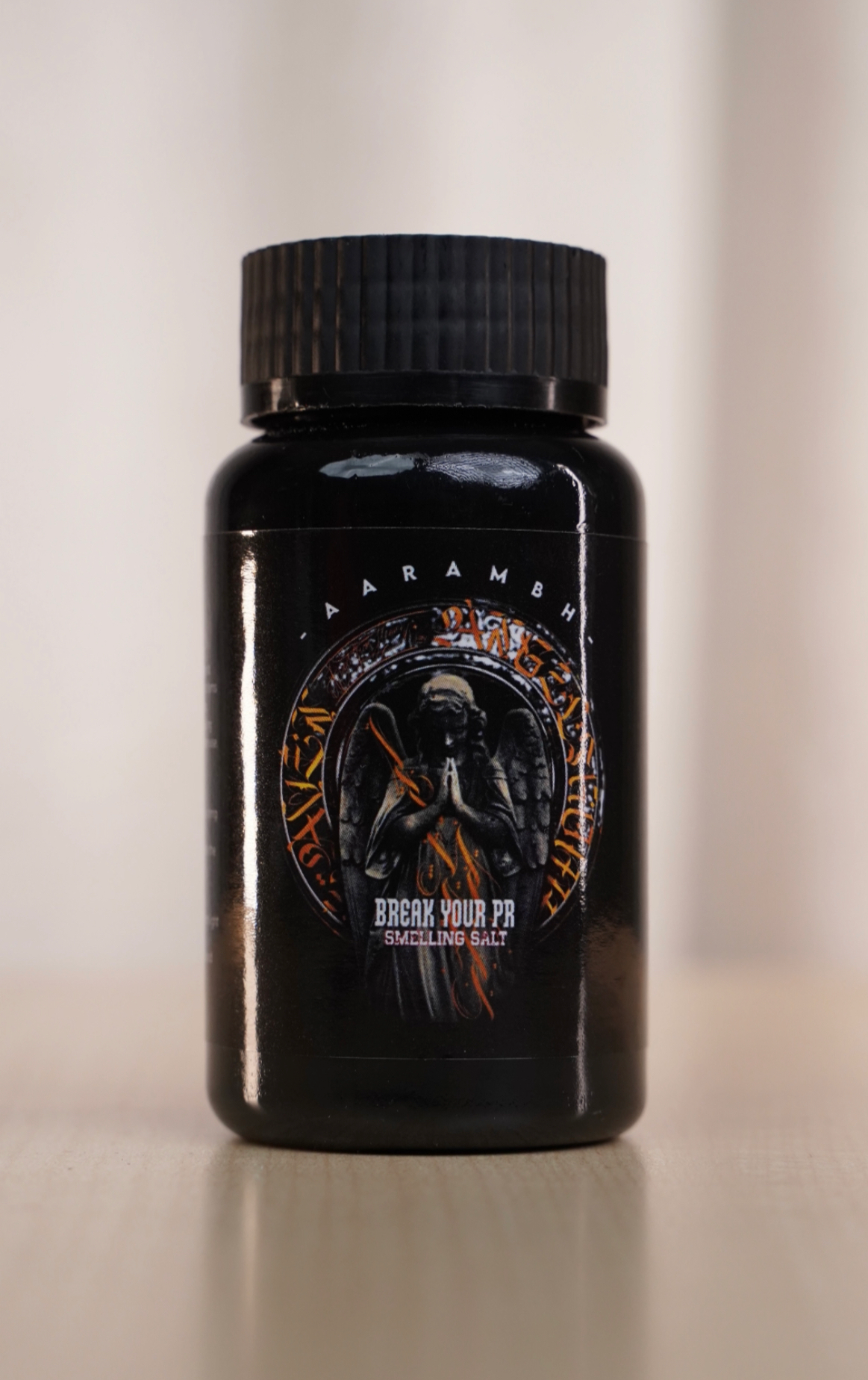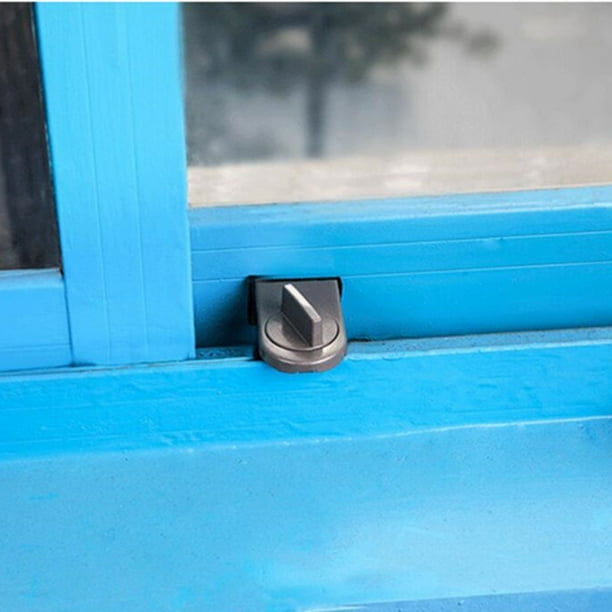
What are smelling salts? Office for Science and Society - McGill University
Victorian ladies fainted with alarming frequency. They had been characterized as the weaker sex and had become conditioned to fulfil the role. A little shock, such as a glance at a passage in Lady Chatterly's Lover, and they would collapse in a swoon. The cry then went up for the smelling salts! Someone would quickly oblige, open a little bottle and wave it under the victim's nose. Recovery, at least in the movies, was almost immediate. So what was this remarkable substance that resuscitated the victim so effectively? The pungent vapor was that of ammonia. The bottle contained a mixture of ammonium bicarbonate and ammonium carbamate which together are known as ammonium carbonate. These chemicals decompose on exposure to air and release ammonia gas as well as carbon dioxide. The smell of ammonia can quickly bring someone out of a faint. Compounds which can liberate ammonia have a fascinating history. Many centuries ago desert nomads noted that when they burned dried camel dung, the ancient fuel of desert peoples, a white substance could be sublimed from the soot that formed. They called it "sal ammoniac" after "Ammon," the patron God of the Egyptian city of Thebes. This stuff became prized as "smelling salts." By the Middle Ages it was known that it could be isolated from any burned animal matter and dried vipers became favorites. The unusual source of the substance undoubtedly resulted in a mystical aura and gave "smelling salts" credibility as a medicinal substance. Today we understand that smelling salts have no real medicinal value and are no longer used. But ammonium carbonate has not disappeared. It is still used sometimes in baking as a leavening agent. Since it releases gas as it is heated, it can be used to make cookies and crackers more porous. So if someone swoons, and there is no dried camel dung or dried vipers available, try crumbling a cracker under their nose.
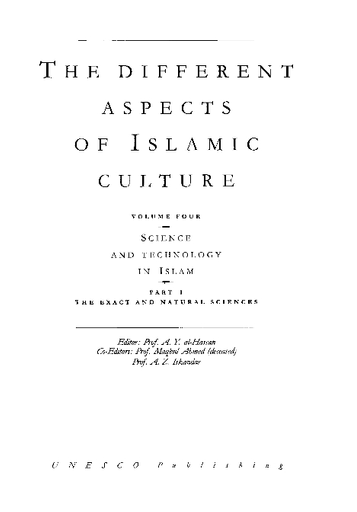
Alchemy, chemistry and chemical technology
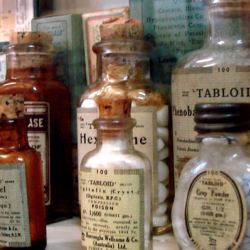
A Little Mercurial History American Council on Science and Health
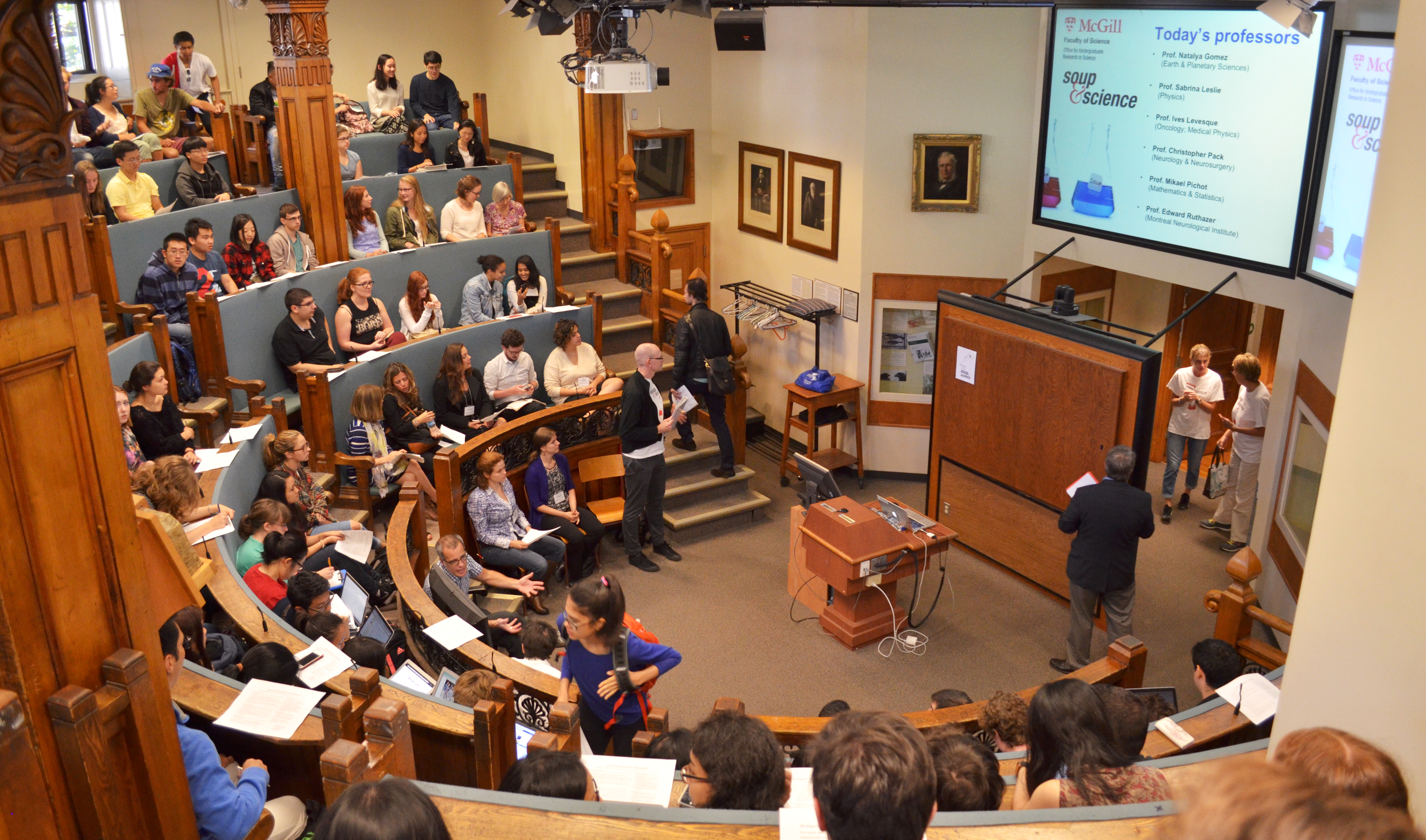
Slurp up some science - The McGill Daily

Home Remedies and Homeopathy Aren't the Same Thing, and One of Them Is Bullshit

Gaia Remerowski - Amgen
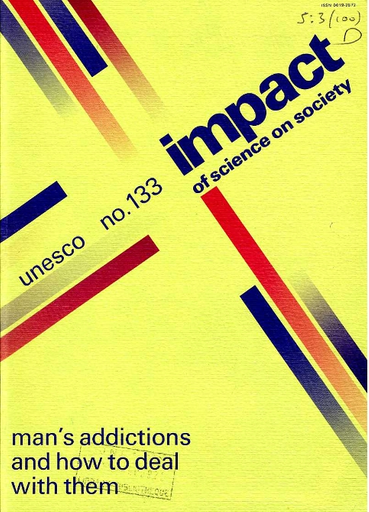
Impact of science on society, 133

Our Articles Office for Science and Society - McGill University

Odour Removal Office for Science and Society - McGill University

Bottled Superstition: Then and Now Office for Science and Society - McGill University

Improper Use of Smelling Salts a Growing Concern

The Right Chemistry: Chlorine can save lives or take lives
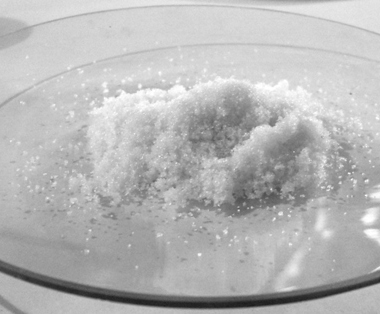
What are Smelling Salts?

The Real Reason Your Fridge Smells Bad And What To Do About It

The Vitamin D Puzzle Office for Science and Society - McGill University


